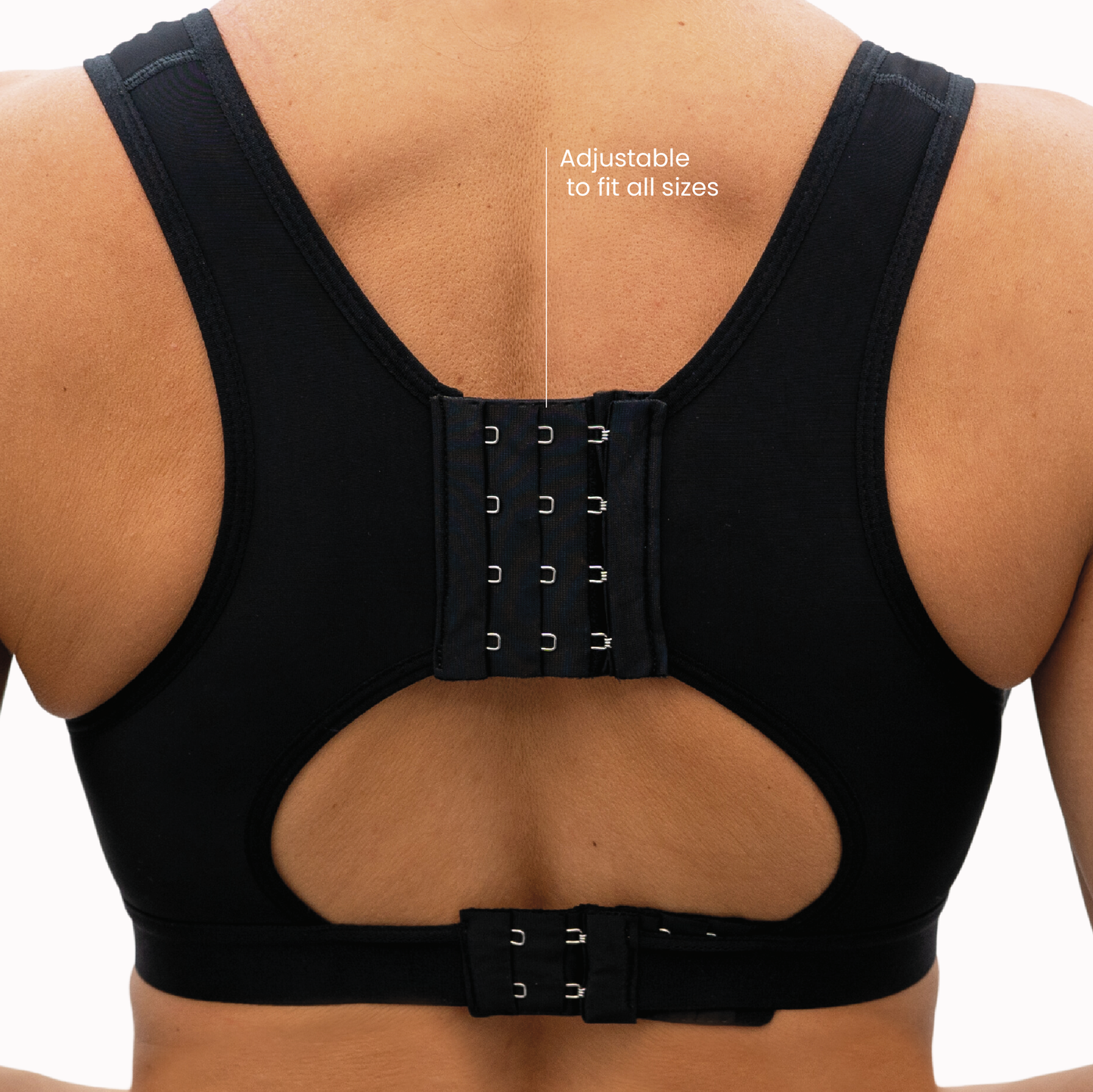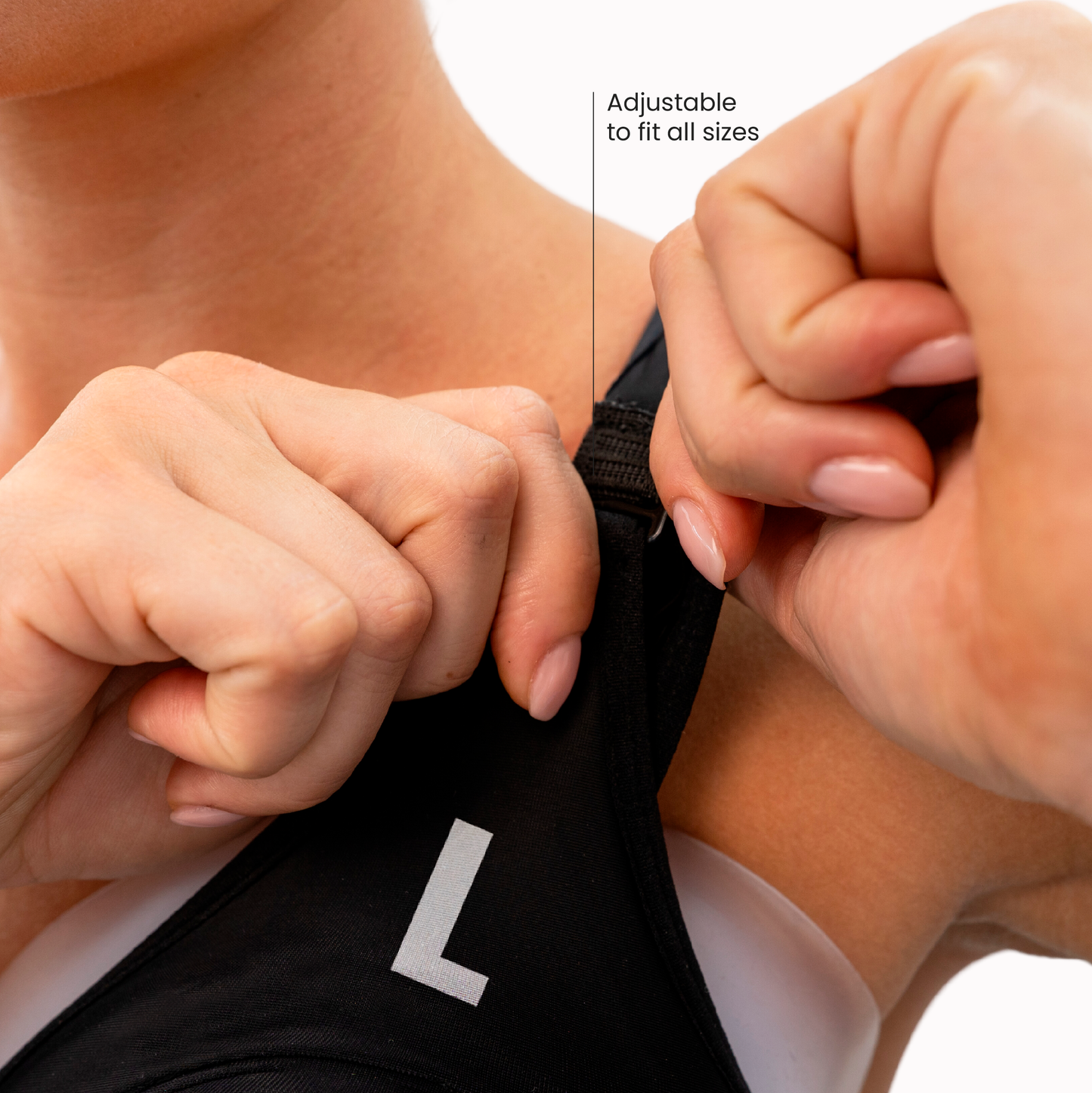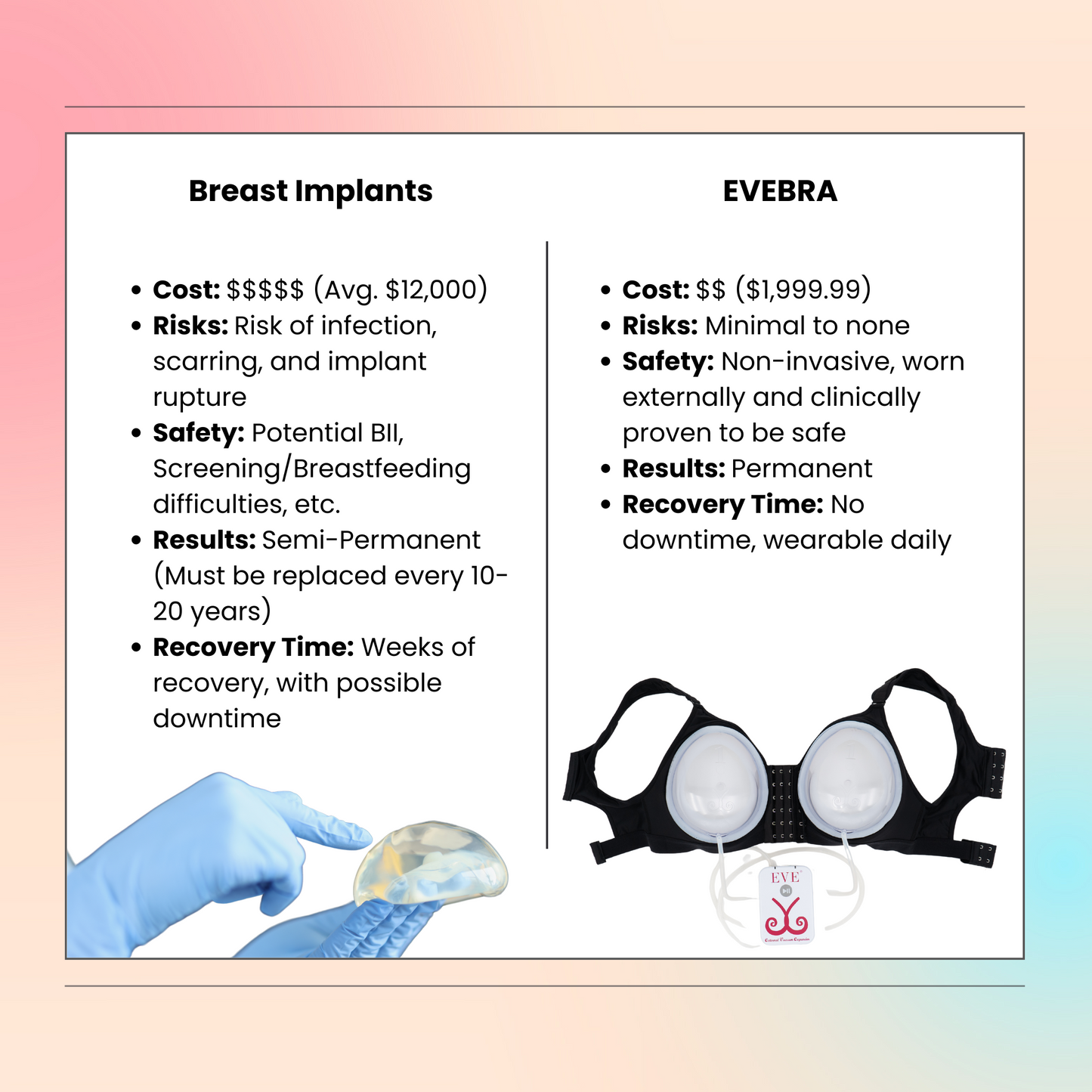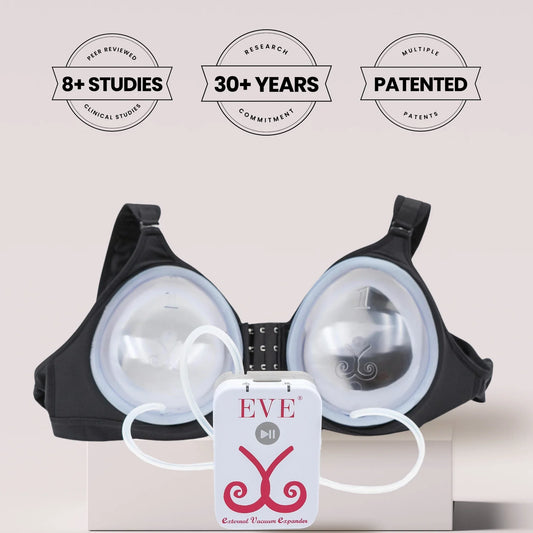
Comparing Fat Transfer Breast Augmentation to Breast Implant Augmentation
Share
Fat grafting breast augmentation has seen significant advancements and proven safety over the last 30 years, offering a natural alternative to traditional breast implant augmentation and revolutionizing the cosmetic enhancement landscape. Unlike implants, which involve synthetic materials, fat transfer utilizes the body’s own adipose tissue, where fat cells are suctioned from various areas of the body and then injected into the breasts, minimizing risks of rejection or implant-related complications.
This procedure not only enhances breast size but also contours the body through targeted fat removal from areas like the abdomen or thighs, providing a dual benefit.
With its ability to achieve subtle, natural-looking results, fat transfer breast augmentation appeals to individuals seeking a safer, more personalized approach to enhancing their bust. Embracing one’s natural beauty has never been more accessible or empowering.
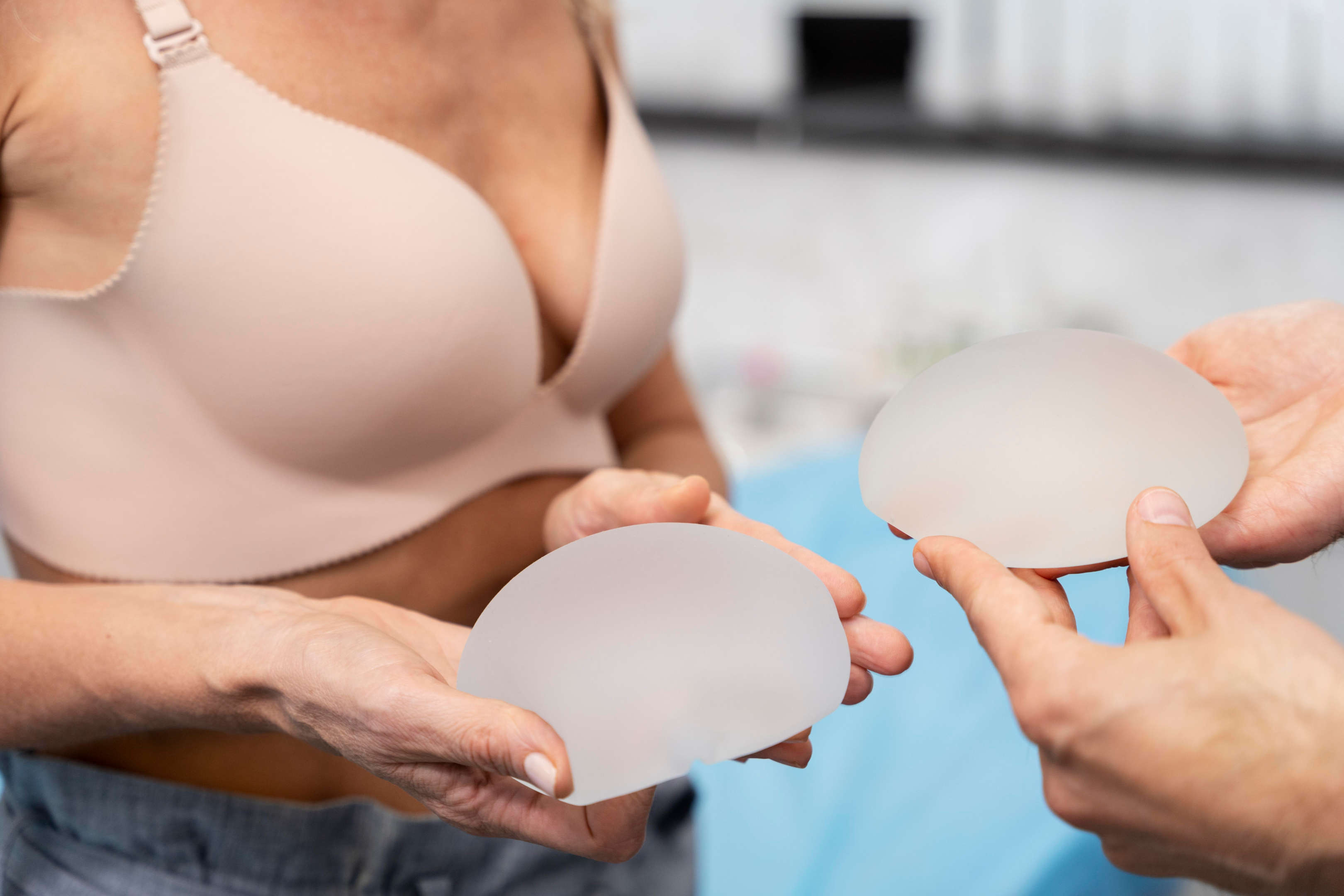
What are the types of breast augmentation?
Breast augmentation, a sought-after cosmetic procedure, offers several techniques to enhance breast size and shape, tailored to individual preferences and physical considerations. Here are the primary methods:
-
Breast Implants: Surgically inserting saline or silicone implants, with silicone providing a more natural feel and saline allowing smaller incisions.
-
Fat Transfer Augmentation: Fat cells harvested from other body parts are injected into the breasts, favored for its natural results. Fat injections can also be performed in conjunction with other breast procedures such as lifts or reductions.
-
Composite Augmentation: A hybrid of implants and fat transfer, enhancing volume and contour, ideal for those with minimal natural breast tissue.
-
Breast Enlargement Pumps: Non-surgical devices like EVEBRA use vacuum pressure to encourage tissue growth over time, offering a non-invasive alternative.
-
Implant Placement Options: Implants can be positioned submuscularly (under the muscle) or subglandularly (above the muscle, under the breast tissue).
-
Incision Techniques: Choices include inframammary (under the breast), periareolar (around the nipple), and transaxillary (through the armpit), with the method chosen based on implant type and personal factors.
Understanding these options enables individuals to make informed decisions, ensuring their breast augmentation aligns with their aesthetic goals and personal preferences. Consulting with a board-certified plastic surgeon is crucial to determining the most appropriate type of augmentation for each individual.

Who is a Good Candidate for Fat Transfer to the Breasts?
Good candidates for fat transfer to the breasts typically have sufficient fat deposits in areas like the abdomen, thighs, or hips for harvesting. The procedure involves suctioning fat cells from these areas and injecting them into the breasts for enlargement. They desire a modest increase in breast size and are seeking a natural-looking enhancement. The rising popularity of fat transfer breast augmentations as a natural and minimally invasive alternative to traditional implants highlights its appeal.
Candidates should be in good overall health, with realistic expectations about the outcomes of the procedure. Additionally, they should not smoke, as smoking can impair the healing process.
Ideal candidates understand the limitations of fat transfer, such as the potential need for multiple sessions to achieve desired results. Consulting with a qualified plastic surgeon can determine candidacy and ensure personalized recommendations.

*photo credit Miami Breast Center
Fat transfer is not a replacement for an implant
While fat transfer offers a natural alternative to implants, it’s not a direct replacement. Unlike implants, which provide predictable volume enhancement, fat transfer may result in a more subtle increase and may require multiple sessions for desired results. The survival rate of injected fat can vary, impacting the feel and appearance of the breasts, and affecting the overall results of the procedure.
Additionally, fat transfer is suitable for modest size augmentation, whereas implants offer more significant volume options. Individuals with minimal fat reserves may not be suitable candidates for fat transfer.
It’s essential to consult with a board-certified plastic surgeon to determine the most suitable option based on desired outcomes and anatomical considerations. Each approach has its merits, catering to different preferences and needs.

What's the difference between breast augmentation and breast reconstruction?
Breast augmentation is a cosmetic procedure aimed at enhancing the size and shape of the breasts primarily for aesthetic reasons. It typically involves the use of implants or fat transfer to achieve the desired outcome.
On the other hand, breast reconstruction is a surgical procedure performed after mastectomy or lumpectomy due to breast cancer or trauma. Its goal is to restore the breast's appearance, symmetry, and contour. Reconstruction can involve various techniques, including implants, tissue flap procedures using tissue from the patient's own body, or a combination of both.
While breast augmentation focuses on aesthetic enhancement, breast reconstruction aims to restore breasts lost due to medical reasons, emphasizing functionality and emotional well-being.
What is the Difference Between Breast Implants and Fat Transfer Augmentation?
Breast implants and fat transfer augmentation represent two distinct methods of enhancing breast size and shape, each with its advantages and considerations. Breast implants involve surgically inserting saline or silicone implants to increase breast volume.
These implants offer predictable and customizable results, catering to various size preferences. However, they require maintenance and may pose risks such as rupture or capsular contracture.
In contrast, fat transfer augmentation utilizes the patient’s own fat cells harvested from areas like the abdomen or thighs via liposuction. These fat cells are then purified and injected into the breasts to enhance volume and contour.
Fat transfer offers a more natural look and feel, avoiding the use of foreign materials. Additionally, it allows for simultaneous body contouring in donor areas. However, results may be more subtle, requiring multiple sessions for significant augmentation, and not all patients have sufficient fat reserves for the procedure.
Ultimately, the choice between breast implants and fat transfer augmentation depends on individual preferences, desired outcomes, and anatomical considerations.
Consulting with a qualified plastic surgeon is crucial to determining the most suitable option based on these factors, ensuring personalized and satisfactory results.
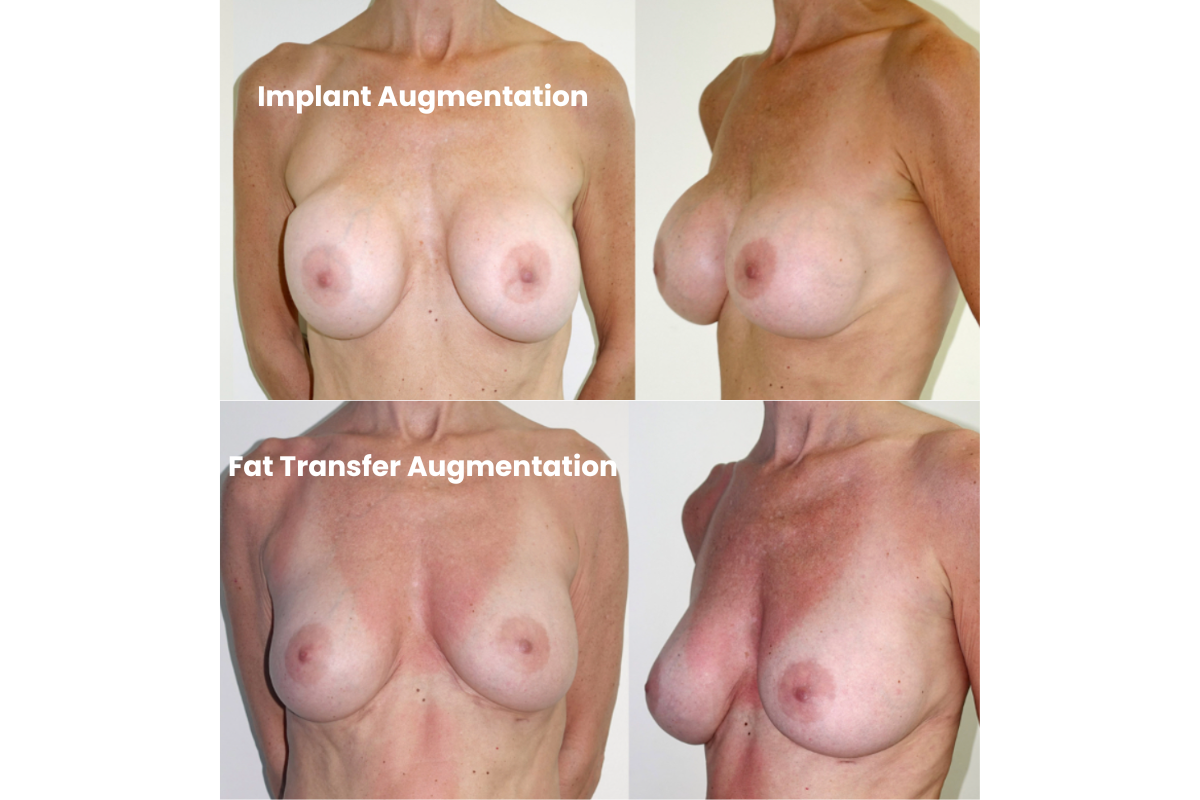
*Photo credit Miami Breast Center
Over-injecting is the biggest risk of a fat transfer
Over-injecting during a fat transfer procedure poses the biggest risk, potentially leading to complications like lumps, asymmetry, or fat necrosis. The survival of fat cells can be compromised if too many are injected at once, leading to reduced viability and further complications. Careful assessment of the recipient site and conservative injection techniques are vital to achieve natural-looking results and minimize risks associated with excessive fat placement.
Fat transfer usually performed in tandem with another breast procedure
Fat transfer is often performed alongside other breast procedures like lifts or reductions to enhance the overall aesthetic outcome. This integrated approach not only addresses issues such as sagging and asymmetry but also adds volume and contour through fat transfer. Dr. Khouri enhances this process with EVEBRA, an expansion device used pre-transfer to prepare the breast tissue, ensuring a more effective fat integration and harmonious results. Combining these techniques can also reduce recovery time and the need for multiple surgeries, offering a streamlined solution for comprehensive breast enhancement.
Learn More About Dr. Khouri's Fat Transfer Breast Augmentation at Miami Breast Center
Breast Reconstruction With Fat Grafting
Breast reconstruction with fat grafting offers a natural and personalized approach to restoring breast shape and volume following mastectomy.
This innovative procedure utilizes the patient’s own fat cells harvested from donor areas through liposuction, which are then injected into the breasts to recreate a natural contour.
Unlike traditional reconstruction methods, fat grafting avoids the use of implants or tissue flaps, minimizing donor site morbidity and providing a more natural-looking result. With its ability to enhance symmetry, improve scarring, and achieve lasting results, breast reconstruction with fat grafting offers a promising option for women seeking to regain their confidence and femininity post-mastectomy.

*Photo Credit Miami Breast Center
Breast Augmentation With Fat Grafting: Frequently Asked Questions
What is Fat Transfer Recovery Like?
Recovery from fat transfer is generally manageable with minimal discomfort. Patients typically experience some swelling, bruising, and mild discomfort at both the donor and recipient areas. These symptoms often diminish within a week. Most people are able to engage in light activities a few days post-procedure and can expect to return to their normal activities within a week. Adhering to the surgeon’s post-operative care instructions is crucial to ensure optimal healing and successful results.
I Have Breast Implants and Would Like to Have them Removed. Can I Replace Them with Fat?
Yes, breast implants can be replaced with fat through a procedure called fat transfer breast augmentation. This involves removing the implants and using liposuction to harvest fat cells from other areas of the body, which are then injected into the breasts to enhance their size and shape naturally.
Fat Grafting And Your Consultation
During your consultation for fat grafting, your plastic surgeon will assess your candidacy, discuss your goals, and explain the procedure in detail. They will also evaluate your medical history and current breast health to ensure that fat grafting is a safe and suitable option for you.
Breast Cancer Risk
Breast cancer risk is not increased by fat transfer procedures. However, it's essential to discuss your medical history and any concerns with your plastic surgeon during the consultation to ensure that fat transfer is appropriate for you.
How Long Does Breast Fat Transfer Last?
The results of breast fat transfer can be long-lasting, although some of the transferred fat may be reabsorbed by the body over time. On average, patients can expect the results to last several years, but individual experiences may vary. Your plastic surgeon can provide more specific information based on your unique circumstances during the consultation.
Does Fat Transfer Increase My Risk of Breast Cancer?
Currently, there's no evidence suggesting that fat transfer increases the risk of breast cancer. Fat transfer procedures involve transferring fat from one area of the body to another, such as the breasts, for cosmetic enhancement.
This process doesn't introduce any foreign materials or substances that are known to elevate cancer risk. However, it's crucial to maintain regular breast health screenings and consult with a healthcare professional regarding any concerns.
Overall, fat transfer remains a safe and effective option for individuals seeking natural breast augmentation without increasing their risk of breast cancer.
Non-Surgical Breast Enhancement Method
At the conclusion of discussing various breast augmentation techniques, it's worth considering EVEBRA as a standout alternative. For those seeking a minimal invasive, non-surgical option, EVEBRA offers a practical solution. Ideal for individuals aiming for a modest increase of one cup size and willing to commit to wearing the device for 3-6 months, EVEBRA represents a safe, effective way to achieve natural-looking breast enhancement without the need for surgery.





